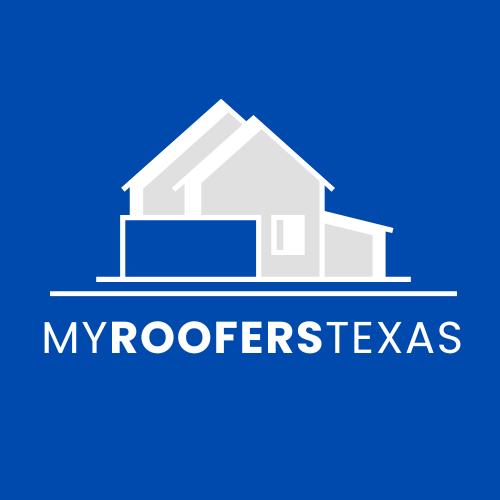
How Do I Tell if my Roof is Damaged after a Thunderstorm in DFW?
Thunderstorms in DFW: How to Tell if your Roof is Damaged
Living in the Dallas-Fort Worth area means one thing for sure: we know our fair share of storms. Whether it’s a quick Texas thunderstorm or a more intense weather event with hail, strong winds, or even those surprise tornado warnings, our roofs take a beating. After a storm rolls through, many homeowners find themselves wondering, “Did my roof survive, or is it damaged?”
It’s not always easy to tell right away, and you don’t want to wait too long because small damage can turn into expensive repairs if left unchecked. So, how can you tell if your roof is damaged after a storm here in North Texas? Let’s break it down step by step, with some real talk and Texas know-how.
Why Checking Your Roof After a Storm is a Must in DFW
Dallas-Fort Worth weather can be unpredictable, and it’s no secret that storms can whip through pretty fast, leaving damage in their wake. Hail the size of quarters or even golf balls is not unusual, and those strong gusts can loosen or tear off shingles. Our Texas summers also bring intense sun and heat, which only worsens any damage if it’s not fixed quickly.
Ignoring roof damage after a storm is like ignoring a leak in your boat — you might get away with it for a while, but eventually, the water’s coming in. So the sooner you find and fix the problem, the better off you are.
First Steps: What to Do Immediately After the Storm
Once the skies clear, you’ll want to start your inspection. But safety first — don’t climb on the roof right after a big storm, especially if the surface is wet or there’s debris around. Roofs can be slippery, and a fall is the last thing anyone needs.
Start by walking around your house and giving your roof a good once-over from the ground. Use binoculars if you have them, or simply look for obvious signs like missing shingles, large branches, or piles of granules (those little rough bits from shingles) in your gutters or driveway. Dallas storms tend to bring a mix of wind and hail, so keep an eye out for both impact damage and anything that looks out of place.
What to Look For: Signs of Hail Damage on Your Roof
Hail is a big culprit in North Texas roof damage. Even a hailstorm lasting just a few minutes can leave lasting problems. If you’ve had hail, here are some signs to watch for from the ground.
You might see bruises or dents on the shingles, which look like small dark spots. Hail can crack the surface or knock off the protective granules, exposing the shingle to early wear and tear. Look for missing granules in your gutters or driveway as they tend to pile up there after a storm. Windows, gutters, and siding can also show hail damage. If those areas are dinged up, there’s a good chance your roof has taken a hit too.
Spotting Wind Damage on Your Roof
Strong winds, especially in a Dallas thunderstorm or a line of severe weather, can lift or blow off shingles. From the ground, look for shingles that appear lifted, curled, or missing entirely. Wind damage often shows up around edges and corners of the roof.
You may also notice flashing around vents or chimneys that’s come loose. This flashing is crucial to keep water out, so damage here can lead to leaks if not addressed.
When to Call in the Pros for a Roof Inspection
While your own visual inspection is a good start, sometimes damage isn’t obvious until you get a closer look. Licensed roofing contractors have the tools and experience to spot hidden issues, like cracks, weakened nails, or damaged underlayment.
In Dallas, where hail and wind storms are common, many roofing companies offer free storm damage inspections after severe weather hits. It’s a good idea to take advantage of this service to avoid surprises. Plus, they can provide documentation for insurance claims, which will save you headaches down the line.
What to Do If You Find Damage
If you spot damage — whether it’s missing shingles, dents, or loose flashing — don’t wait. Dallas weather can change fast, and rain or heat can make the problem worse.
Start by taking photos from different angles. These will be important when you talk to your insurance company. Contact your insurer as soon as possible to report the damage and ask about your coverage and next steps. Most policies cover storm damage, but it helps to know the details of your specific plan.
Temporary Fixes to Protect Your Home
If the storm has left your roof vulnerable — for example, if there are holes or large missing sections — you might want to arrange temporary tarping. Many roofing contractors offer emergency tarping services to keep rain and debris out until permanent repairs can be made.
Dallas homeowners often find themselves needing this quick fix during our unpredictable spring storm season. It’s better than risking water damage or pests getting inside your home.
Common Misconceptions About Roof Damage After Storms
One thing I’ve heard a lot from folks around Dallas is, “If I can’t see a leak inside, my roof must be fine.” Unfortunately, that’s not always true. Leaks can take time to show up, and sometimes damage is subtle but will cause shingles to deteriorate faster. Another misconception is waiting too long to inspect or fix damage because “the storm wasn’t that bad.” Remember, even small hail or brief gusts can cause hidden harm that grows over time.
Preparing Your Roof for the Next Storm in DFW
Once your roof is repaired or you confirm it’s in good shape, it’s smart to think ahead. Regular roof maintenance can help extend its life, especially here in Dallas with our intense sun and sudden storms. Clear your gutters regularly, trim overhanging tree branches that could fall, and schedule inspections every few years, or after any big storm.
Don't Wait, Take Action After a Storm
If you’re a Dallas-Fort Worth homeowner, storm season isn’t just a headline, it’s a reality we live with. Knowing how to spot roof damage and when to call in professionals can save you money and stress down the road.
When the next big storm rolls through, keep your eyes open, stay safe, and remember that a little early attention goes a long way. Your roof protects your home and family, so treat it like the MVP it is. And hey, if you want trusted local roofers after storm damage, I’m here for you.
You might also like




